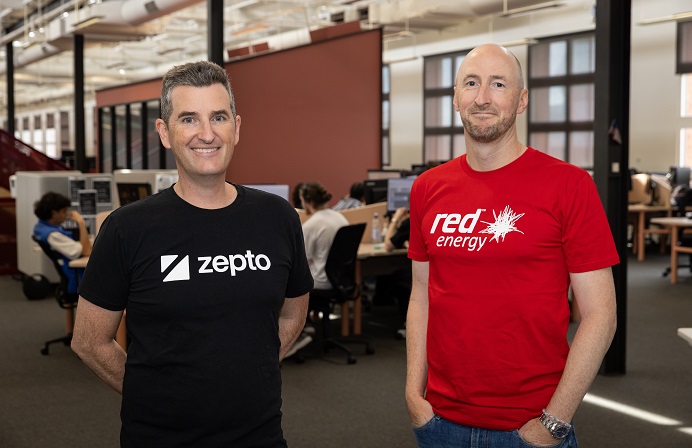
There is no doubt that innovation has become one of the buzzwords in recent years as organisations strive to remain competitive in the marketplace and build a sustainable business.
On the face of it, innovation has never been more in vogue – businesses are recognising the importance of staying relevant for their customers, and technology is hurtling along at such a rapid pace that there are few limitations these days when it comes to considering what is possible.
Where businesses often struggle, though, is in creating an environment, and a culture that allows this innovation to take place.
Culture is often described as “the way we do things around here,” and to be effective, it has to permeate right through the organisation and be adopted by every member of staff. Does it not make sense then, that if you want a culture of innovation, innovation should become an integral part of what every person does every day?
There is often the misconception that innovation is about chasing big ideas that require large project organisation and investment; a complex operation run by a dedicated innovation team. But real innovation, in my view, is about eradicating complexity and making things simple – and that should be the focus of everyone in the organisation.
1. Move from management to leadership
To create a culture of innovation, I believe you need to foster creative thinking and a collaborative approach through leadership, rather than management. That means transitioning away from the structured organisational hierarchy—where people operate in silos, diligently fulfilling their job description—towards a more fluid way of working.
Working in a constant state of ambiguity takes some getting used to; people are often apprehensive about “grey areas” in their roles. But the challenge I see for leaders is to encourage people to take advantage of the opportunities they now have to learn more, take on more accountability, make more decisions and get involved in things which they may not have had the chance to before.
After all, when we hire people into our organisations, is it not true that we are always on the lookout for the bright, smart people? If so, it is incumbent on us to harness their talents and get the best out of them. Be clear on strategy and purpose, but otherwise give people the space to learn, grow, contribute and innovate.
2. Ensure everyone is working towards a common purpose
When organisations look at doing new things, it is a mistake to get caught up in the product or the technology. In all our enthusiasm, it is tempting to fall into the trap of asking ourselves, “What can we achieve with this technology?”
But, if we are innovating effectively, what we should be asking is, “How does this fit in with our purpose and how does it benefit our customers?”
In a customer service organisation such as ING Direct, it makes sense that every decision we make is determined by the impact it will have on the customer—and that includes decisions around technology too. The technology innovations I am excited about are not the one which are cutting-edge, they are the ones which add the most value to our customers, and that can be through simplifying a process or effective use of technology.
And it is important that mindset flows right through the organisation, so that everyone is innovating with a common goal in mind.
3. Set ambitious targets – but allow people to fail
If you want your team to innovate and do things differently, then you have to set your sights high and encourage them to do the same. Challenge your team to explore outside their comfort zone as they strive to achieve bigger and better things.
Often the biggest inhibitor to progress is not money, or time – it is fear. So what is equally important when we are encouraging people to try new things is we give them permission to fail.
People often view failure as a negative thing; but I believe it is an important step on the ladder to success. Because, if you are trying something new, how likely is it that you going to get things right the first time? Let people pick themselves up, learn from things that do not work, and try again.
Ultimately, innovation – or making small, continual improvements –should be something we aspire to every single day. I would much rather people made 100 things 1 per cent better every day, rather than one thing 100 per cent better in the space of a year. Everyone in the business can get involved in innovation – all you need is clarity of purpose, and the culture to make it happen.
Vaughn Richtor is Chief Executive, ING Direct Australia. He is the former Managing Director and CEO of India’s ING Vysya Bank and former CEO of ING Banking Asia. Follow him on Twitter @CEO_INGDIRECTAU





